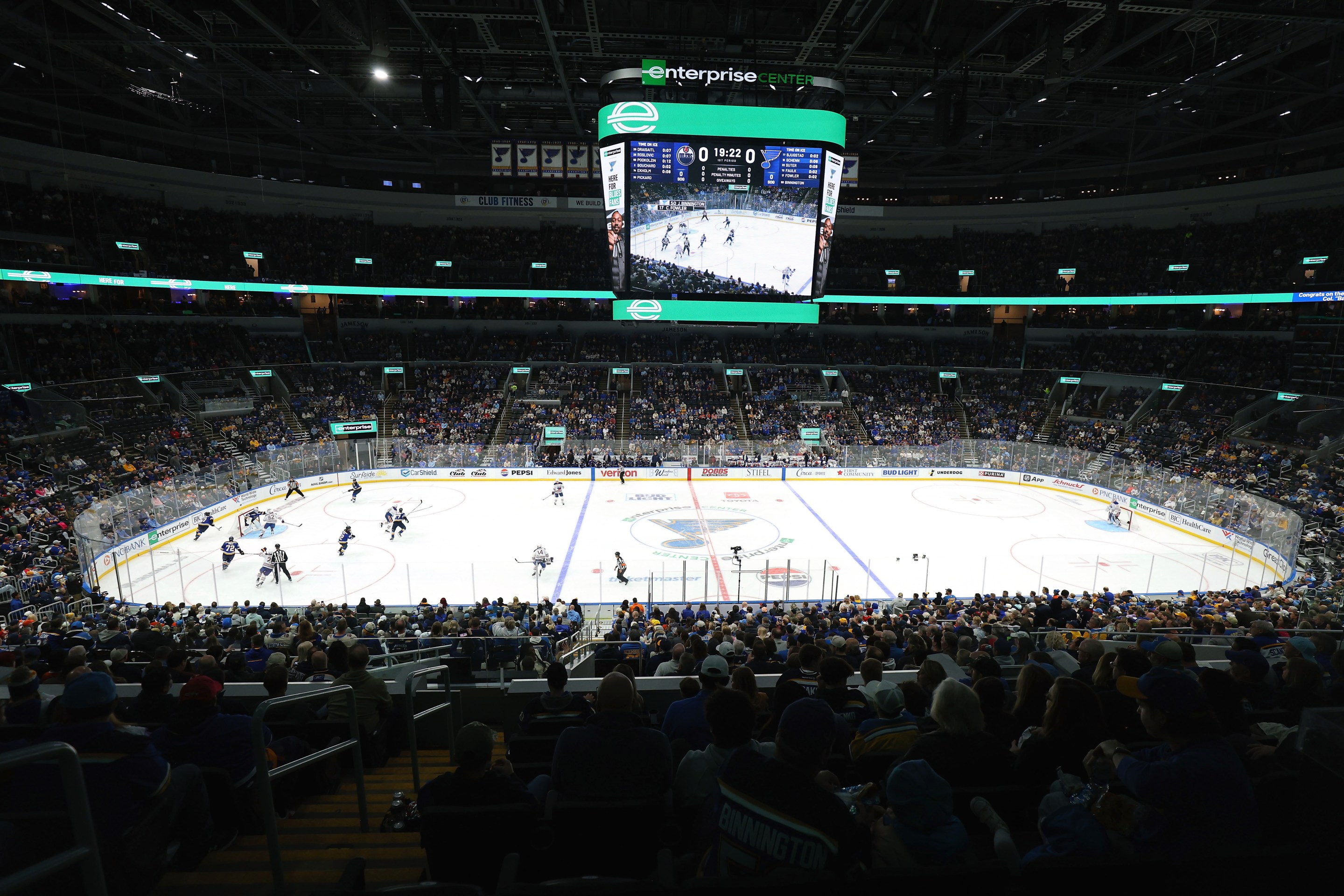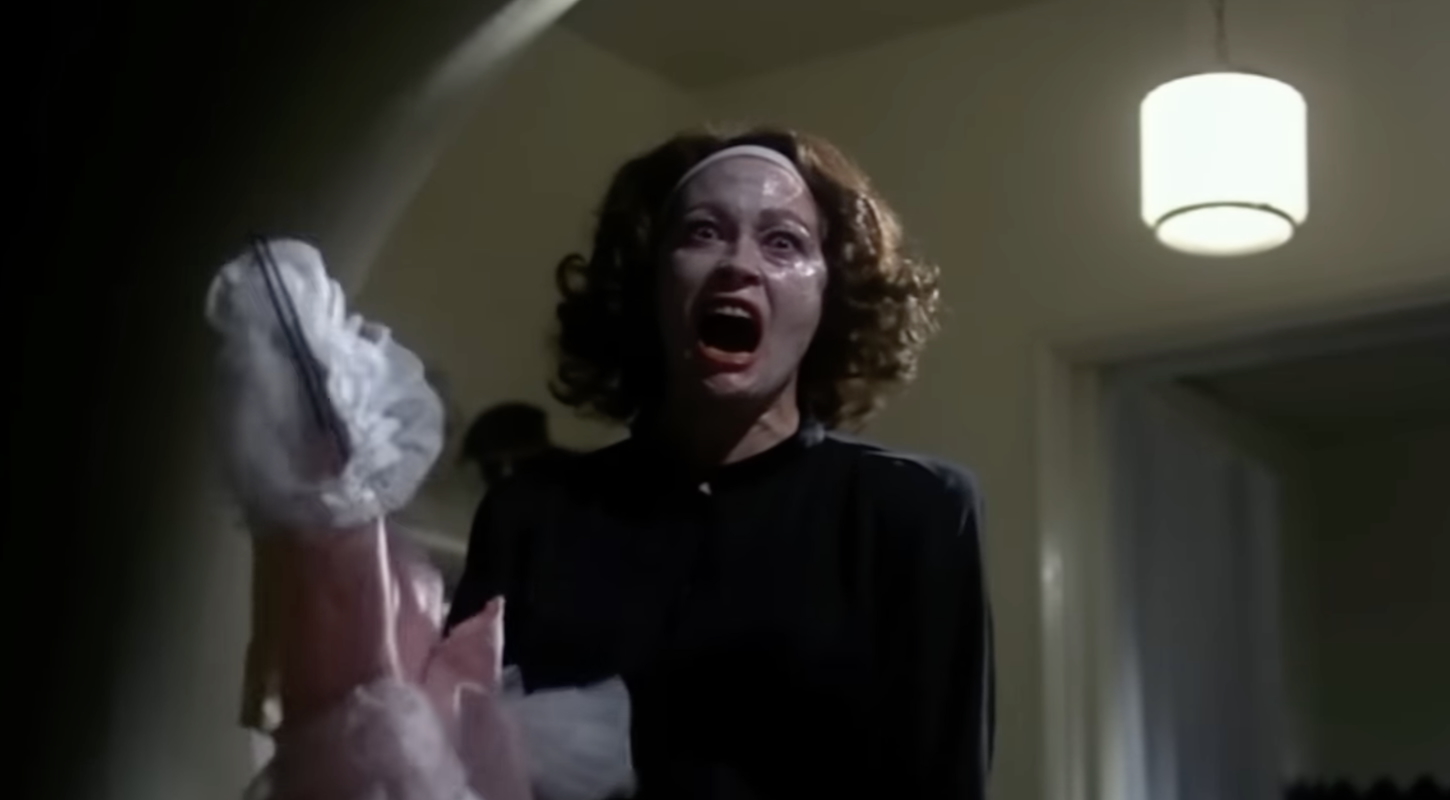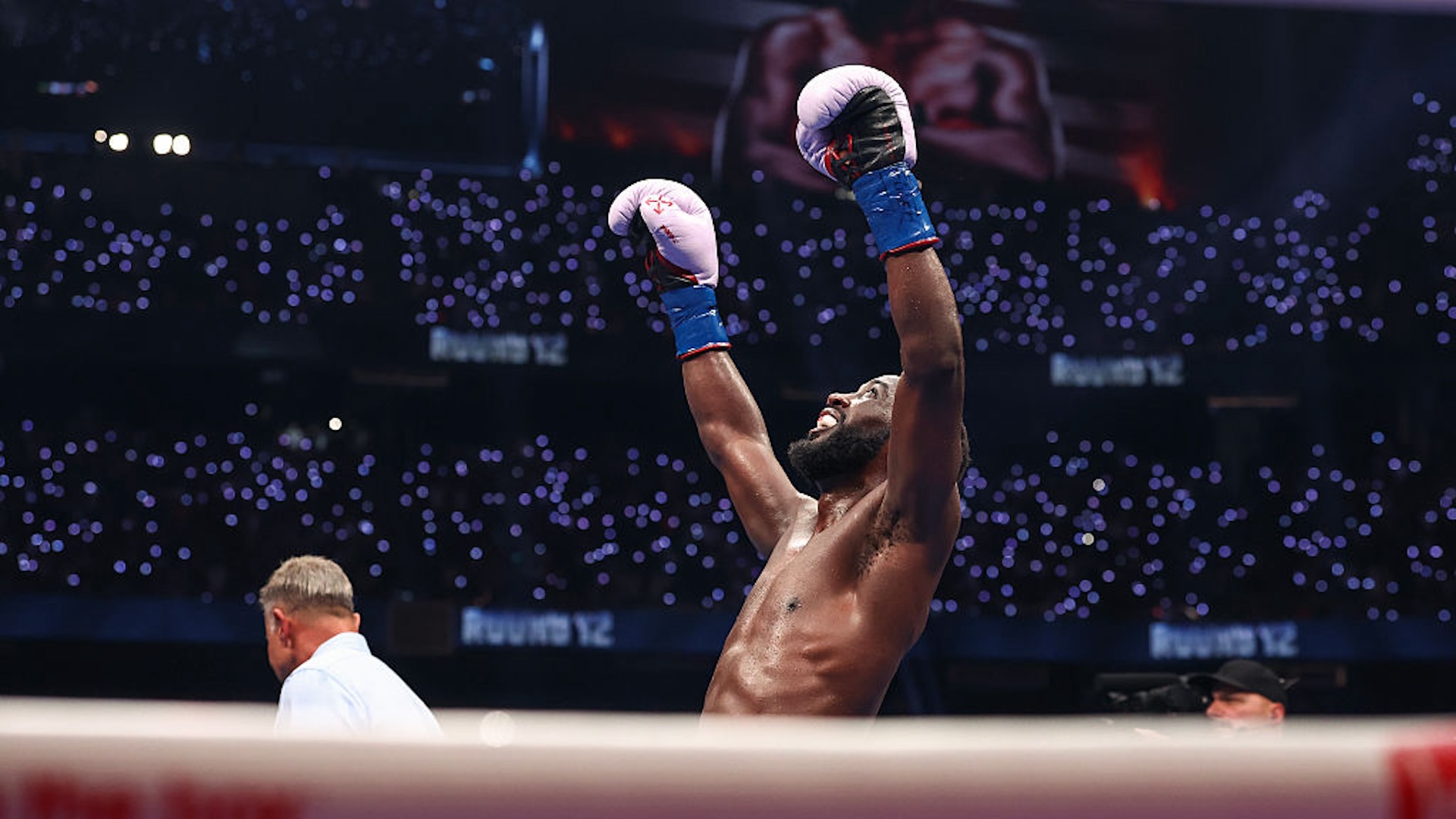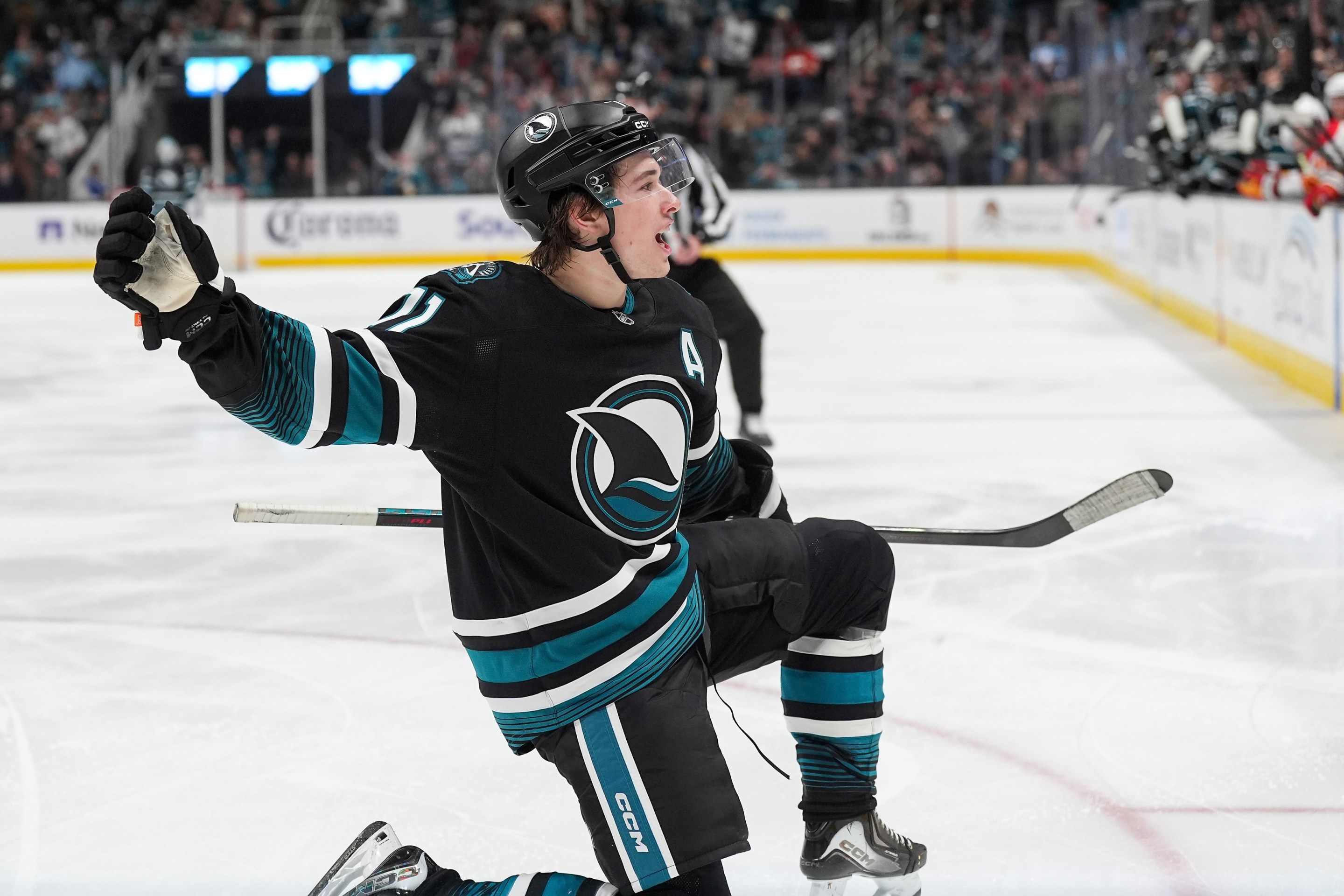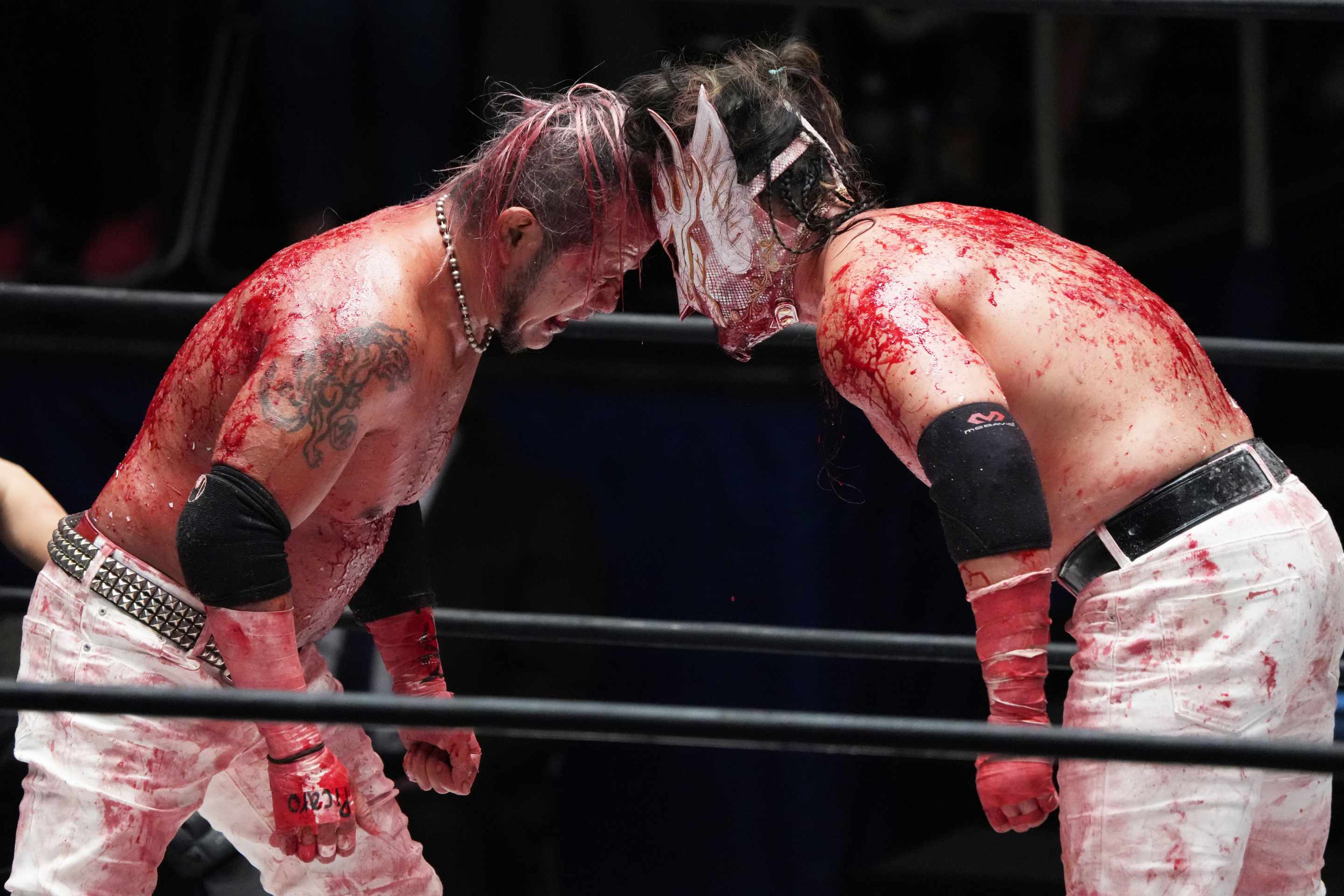I'm writing specifically about the Edmonton Oilers at the St. Louis Blues on Sportsnet on Monday night, but in broad strokes that will apply to any game you're watching.
First Period
The most important piece of data, at any given second, is "Where is the puck?" If the puck is a hundred feet away from your team's net, there is realistically no chance that you will be giving up a goal within the next couple of seconds, and if it's that far from the other team's net, there is no way you're going to score. If they got rid of the goalies, every game would be decided solely by how successful each team is at getting and keeping the puck close to the opposition's net. This is basically what people mean when they talk about "possession," which is useful shorthand for which team is controlling a game.
It sounds kind of basic, but I process a game in terms of "left" and "right." I think of an imaginary line, bisecting the rink vertically, that represents the average position of the puck so far in the game. As the action develops, it's sort of like a tug of war—if one team is enjoying more success keeping the puck in their opponent's end, I think of that line slowly creeping in their direction.
Extended possession for your skaters is going to come from a certain amount of skating skill, and smart spacing that keeps everyone from bunching up—they're basically playing keepaway with the puck until a favorable chance to shoot presents itself. More than anything else, it's about passing. When the puck is moving crisply and efficiently, it's like quenching my thirst with a cool glass of water. When the passes aren't being completed, it gives the frustration of an unresolved melody. A pass is a good one if it's received in stride, and you can often hear good passes by the smack of perfect tape-to-tape aim.
A good question to keep in mind is "How long can a guy hold the puck before he's being challenged?" Or maybe, "What's the farthest this team can skate before hitting pressure?" I love the hustle that goes into a great forecheck, which is when a team without the puck creates pressure all the way up in their attacking zone to try to force a turnover, but it's physically exhausting, and no team forechecks at 100 percent for 60 minutes. The most important spot for pressure is right at your defending blue line, on what are called zone entries. The offense has to time these just right. If a player on the team with possession crosses the blue line before the puck does, it makes that player guilty of offside. But if the puck-carrier is too far ahead of his teammates, it'll be two defensemen on one attacker, and two is greater than one.
Because you need to possess the puck in order to score, it's good to focus in on changes of possession as well. There are two kinds of losses: voluntary and involuntary. The latter comes from disruptive defensive play or an interception on a pass. The former comes when a team chooses to dump the puck deep into enemy territory instead of carrying it across in a zone entry. That play should be treated kind of like a punt in football. It can be fine in some situations—you're playing conservatively with a lead, you're tired and need a line change, you don't have a better option presenting itself—but it can also be kind of a lazy default.

This particular game was very, very smooth at the start. Edmonton was playing aggressively, but the Blues were handling it, and as a result there was a lot of testing each goalie from distance—the farther away from net a team must shoot from, and the more traffic in between shooter and goalie, the worse their chances are of scoring.
The Blues had double the shots of the Oilers with under six minutes to play in the first, but the imaginary line in my head was a lot closer to the St. Louis net, with Edmonton lurking and poking with a lot of possession around the blue line. At 0-0, I was waiting on the first mistake, or the first inspired bit of play that would break the other team's defenses.
Write enough about hockey and you'll realize that after nearly every game, there will be fans complaining about some penalty call or non-call from the officials. (Only the two with the orange armbands are "referees." The other two are linespersons.) Taking a penalty often has a logic behind it—a player finds himself in such dire straits that the most appealing option is to cheat—but frankly, dissecting the capriciousness of human officiating is the least interesting part of any sport to me. I end up treating penalties more like stochastic events that are inevitably going to happen to either side, but which a player can sometimes goose by holding the puck in a dangerous spot, having a skill advantage, or employing some veteran wiles.
Above all else, penalties are icebreakers. That's exactly what happened here. Oskar Sundqvist got called for holding, and eight seconds later Edmonton broke a scoreless tie by winning a faceoff, getting the puck down low to Connor McDavid, and having him pass to Jack Roslovic right in front of the net. Two Blues defenders had their eyes on McDavid—the best players can often affect games just with their presence, since they must be feared at all times—but his pass managed to elude them both. With St. Louis being down a man, there was no margin for an error like that.
Intermission
Edmonton enjoyed an immediate momentum boost out of the goal, pushing that imaginary line closer and closer to Blues goalie Jordan Binnington, but then the horn sounded. That made intermission a great time for St. Louis to regroup. Intermission is also a great time for you to regroup! Read a chapter of a book. Plan your dinner so you're cooking during the break. Take a walk. This is your time, and you don't need to give it to the goofballs in the studio, particularly if you're watching on American TV.
Second Period
The second is the period of the "long change"—teams switch sides, so the defensemen are farther away from their own bench, which makes timing on-the-fly substitutions a little more delicate. For a couple of minutes, it's feels like a fresh game: there's a back-and-forth, feeling-out quality to the play. Then the Blues use some quality passing to create a good chance where they're just not precise enough on the finish, and another where Calvin Pickard has to make a confident save. On the ensuing Oilers rush, Connor McDavid's gravity as he skates aggressively into the zone helps create space for Andrew Mangiapane, who takes a cross-ice pass and scores with it. This is what is meant by "finishing"—having more and better scoring chances might not help in the small sample size of an individual game unless they're actually completed.
At 2-0, the game's dynamic is different. The Blues are a little desperate and especially willing to attack, even at the risk of giving up another goal. This is why the two goal lead is, semi-facetiously, called "the most dangerous lead in hockey"—because the team that's down will sell out to halve it, and because the team that's up might get away from the aggressive hockey that earned them the lead in the first place. That doesn't seem to be the case here: St. Louis is passing well, but their shots are flawed, and when they get their first power play, it's constantly less threatening than the one the Oilers used to take the lead. Edmonton does a great job clearing the puck all the way back down the ice to waste time. The Blues do have some extended possession, but they need to pass around the perimeter, because the Oilers are staying in position, protecting that vital space in front of their goalie. They kill off the penalty.
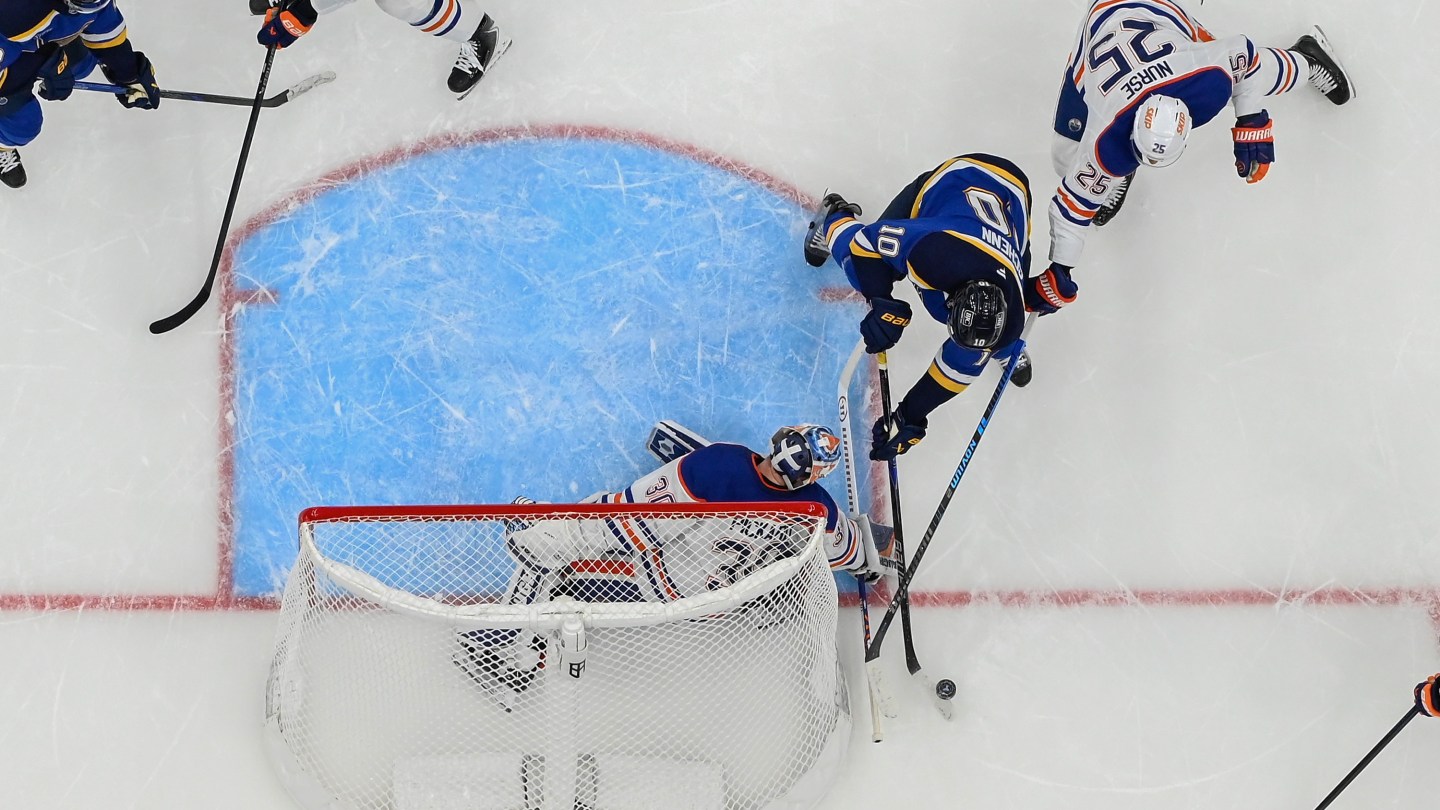
From this point on, Edmonton starts eating clock. They complete their passes without trying anything too ambitious. They commit their men to safe but effective spots, making the Blues work hard to get the puck and launch an attack. They're taking advantage of chances on the counterattack, but they're expending less energy than the Blues. Hockey is a tiring sport. Individual players' shifts only last an average of 45 seconds before they need a breather. Sometimes a game comes down to who's got more energy left at the end, because tired players play sloppier and make bad decisions.
The announcers perform a lead role in determining how your brain processes the action. Because hockey is so free-flowing, and because you can't pay attention to 10 players on the ice at once, you can take a lot of your cues from the rhythm and volume of the play-by-play guy. I think of hockey announcing like playing drums on a song you've never heard before; you need to be both virtuosic and quick-witted. In the case of this Sportsnet broadcast, the guys are using a very light touch for a fairly sedate stretch of action. They're drumming with those brush thingys. It all feels pretty relaxed for Edmonton.
That is, until McDavid gets called for tripping with four minutes left in the period. On the power play, the Blues work the puck over to 20-year-old Dalibor Dvorsky at a far-out angle in the circle to the goalie's left, and he blasts a fast, heavy slap shot as if he's an old pro and not scoring his very first career NHL goal. It's a satisfying way to make it 2-1, and I love that the broadcast cuts to a head-on shot of McDavid in the box. He sits, sullen, and then mopes out like a kid being called to get in the car to go to church.
The newfound chaos favors the Blues. Philip Broberg and Jimmy Snuggerud work the puck between each other to set up a hot one-timer for Snuggerud, and it bounces off Pickard and away to his right side, where Robert Thomas just happened to be waiting after his diagonal cut into the area in front of the net went ignored by everyone. Thomas's shot dings off the post, bounces off Pickard's pad as the goalie turns around, and enters the net. You miss 100 percent of the shots you don't take.
Third Period
Say it with me now: It's a brand-new hockey game. A third-period lead, especially a multi-goal lead, would typically encourage one team to play aggressively, and the other to park the bus, but not at 2-2. That said, it's a much more nervous, fragile-feeling game than it was at 0-0 in the first; a mistake now would offer less time to come back. In my interpretation, the Blues are pretty happy to sit at this score for a bit, because they're still catching their breath and trying not to get overemotional after the comeback. The Oilers, meanwhile, seem confident they have the talent to regain the lead without forcing it. Thus, the puck wanders around the edges of the rink. Nobody wants to blunder into a turnover. The goalies aren't being tested, but make the saves they have to. The number of icings increases as both teams prioritize not getting caught slipping in their own end. Whenever the puck changes directions, the resetting defense seems to be faster than the counterattack. This is conservative hockey from both teams.
After more than 10 minutes of this, I'm mentally prepping for overtime—I suspect St. Louis might be OK settling for the overtime "loser point" (and the randomness that follows) after they looked cooked not long ago. Possession of the puck in OT, if we get one, matters even more than in regulation, because with all that open space, the offense can hold onto it for much, much longer. How overtime often works in the three-on-three era is that a team will make passes outside the attacking zone for a long time, waiting for a perfect entry at speed and the best possible chance. If they don't convert, and the puck bounces free, then all hell can break loose, as the defending team launches a quick odd-man rush and sets off, ideally, a chain of back-and-forth two-on-ones. It's no wonder most overtimes don't last the full five minutes.
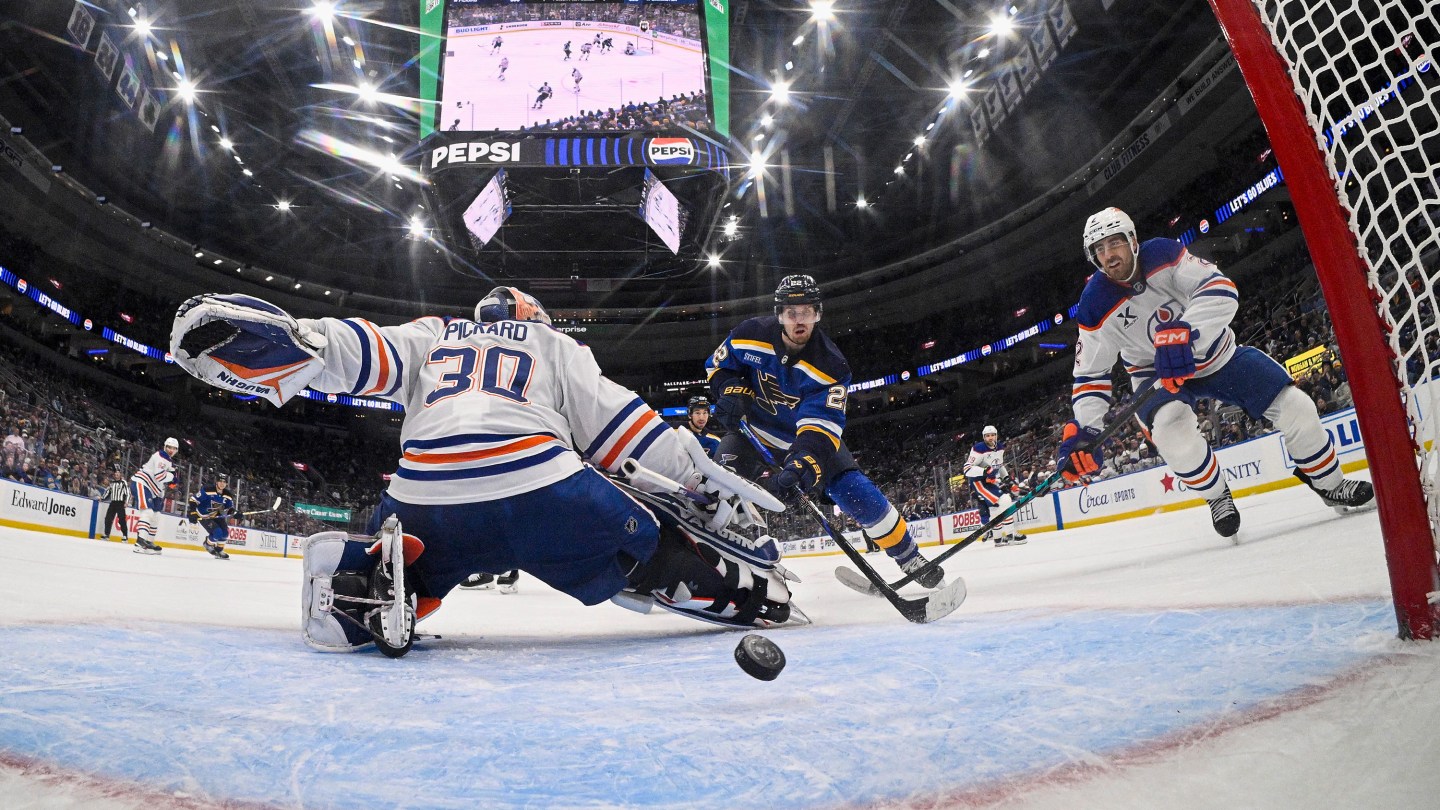
But there's no bonus hockey on this night. With two minutes to play, the Oilers skate hard to muscle the puck across the blue line, but the attack quickly fizzles out and St. Louis takes possession. The Blues move it forward, get repelled once, but retain the puck. They are allowed by the lack of Oiler forecheck to sit comfortably for way too long to organize another push up the ice. On the next entry, four equally spaced Oilers let Pius (pronounced "Pew") Suter cross the blue line, then try to collapse on him once he reaches the middle of their little square. It sort of works, but Suter gets the puck in pretty deep before he loses possession, and it's a teammate who picks it up and carries it around behind the net before passing back out to the line. Colton Parayko takes a hefty shot from long range, it stops dead at Pickard's pad, and Suter—who, after losing the puck, made sure he stayed close to the goalie in order to clean up rebounds—does exactly that. 3-2, St, Louis.
The Blues win the ensuing face-off, get the puck deep, and drain precious seconds with some gnarly forechecking—no reason to conserve energy now. The Oilers pull their goalie for an extra skater. One centering pass from McDavid leads to a Blues clearance, and that breather allows St. Louis to reset their defense, so the Oilers can't create any sort of chance on their way back up. There's one more icing with 12 seconds to play, and the Oilers, who choose not to call timeout, win the faceoff. But the pass back to the blue line leaves the zone, and that's all she wrote.
Postgame
I went to sleep.
